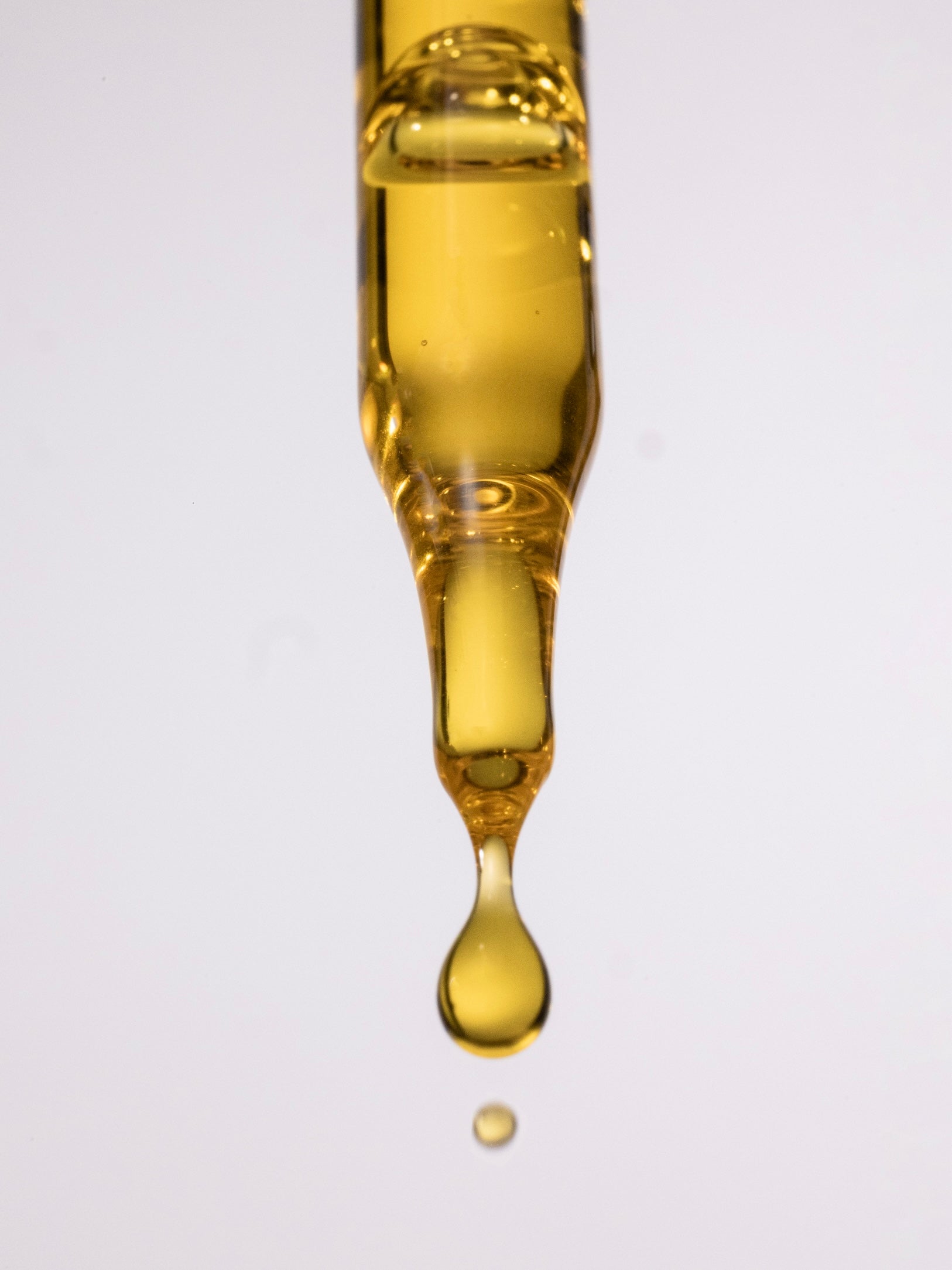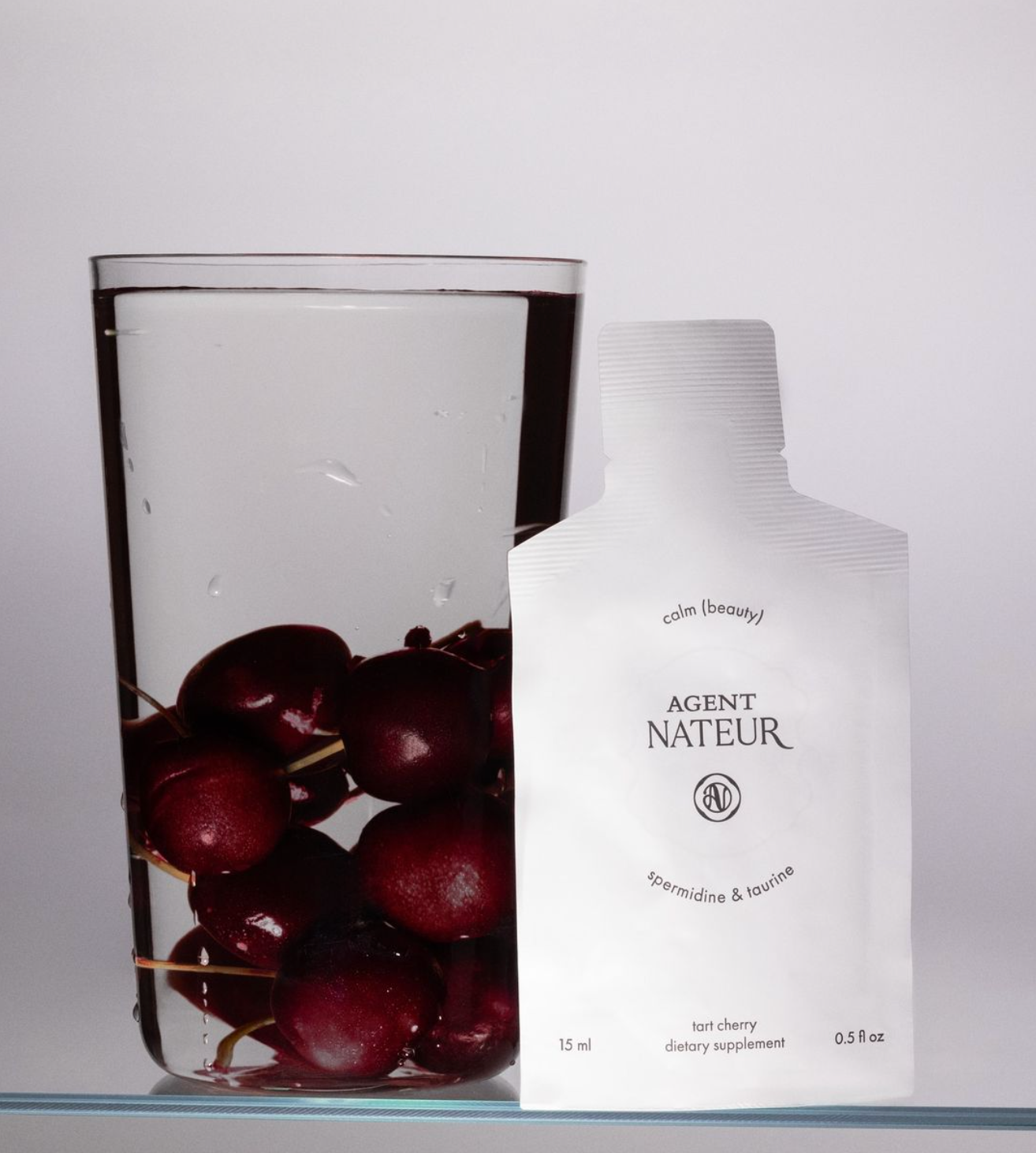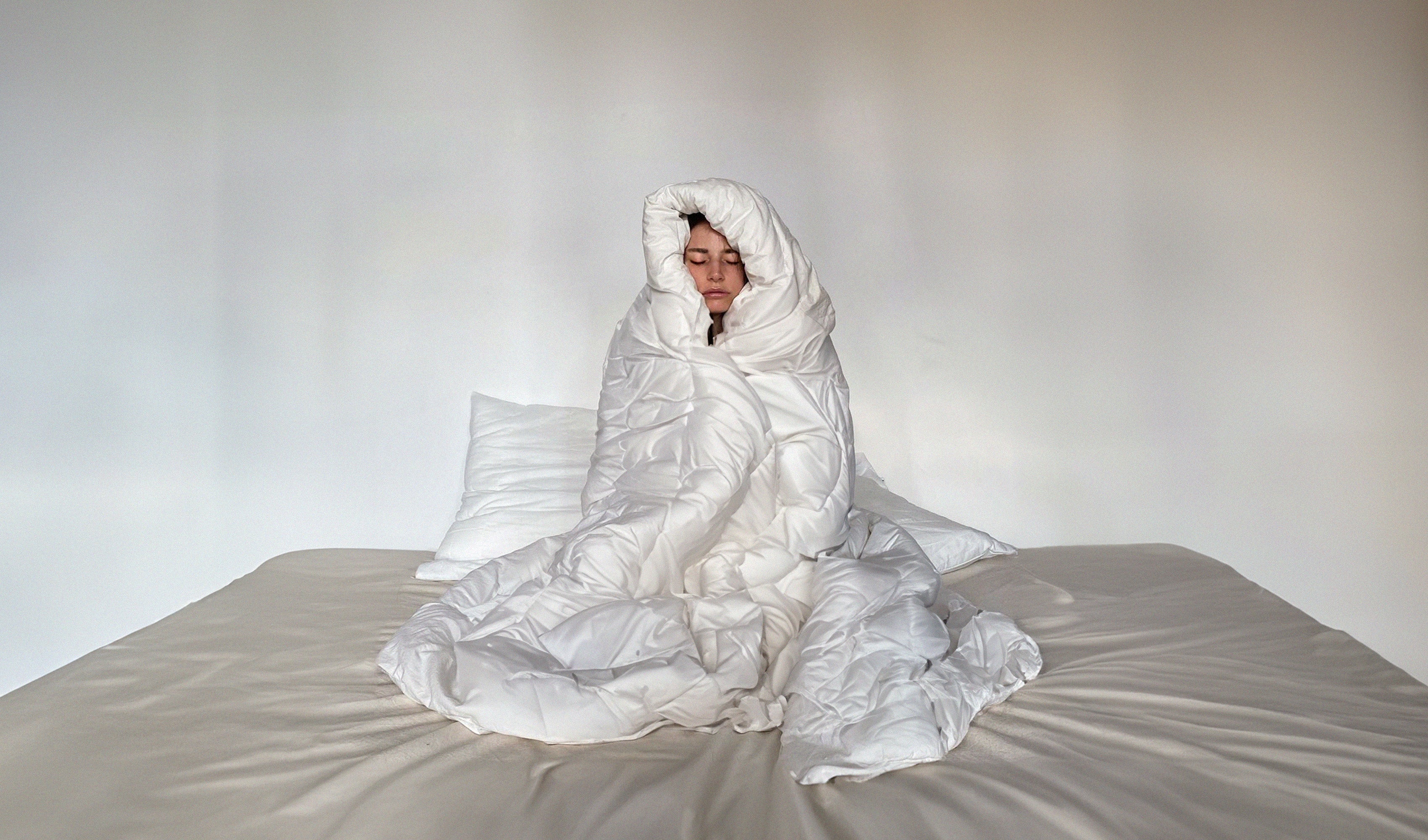The lymphatic system, TMJ and cellulite Q & A

Feeling puffy, bloated, swollen? Struggling with allergies, skin conditions or chronic pain? Got cellulite? What about TMJ? Lymph Lyft has you covered. We spoke with its founder, lymphatic drainage and bodywork specialist, Holly Jean to find out exactly what a Lymph Lyft session entails. Holly gives us the scoop on how she tones and sculpts some of Hollywood’s top bodies. The before and afters are truly wow worthy! Models Iska Lawrence and Camille Kostek both rely on Holly to get them red carpet ready.
How did you get into lymphatic drainage?
I first learned some basics about lymphatic drainage in massage school then a friend told me about her massage therapist friend who works exclusively on post op clients doing lymphatic drainage. I was intrigued as I realized it’s best I find a niche and I liked that the clientele would be primarily women. Then I discovered the myriad of benefits of lymphatic drainage that could address health concerns I had personally, as well as for so many others. As soon as I opened one door many followed. I really fell in love with its role in our overall wellness and the visual difference was a bonus!
Can you tell us what a Lymph Lyft session entails?
Every lymphatic session can differ depending on where you go. For my practice I consider it more of a “Lymph-Fascial” or “Lymphofascial” treatment using a variety of styles and modalities that address both lymphatic drainage and myofascial release customized to each individual. I always start with the breath and intention on relaxation (which stimulates the parasympathetic nervous system allowing for deeper healing), then stimulate the major lymph nodes, and organs.
I use my hands to gently stretch the skin enough to stimulate lymph flow in a rhythmic manner. I also use skin rolling and vacuum cupping therapy to release fascia restrictions that can impede optimal flow. Some sessions include traditional cupping on the back as well. I always end with the face and neck which is the most relaxing part of each session usually sending clients to sleep.
What are some of the symptoms of a congested lymphatic system?
There are a few. None of these symptoms are a sure-fire sign alone, but can be indicators: chronic sinus infection, allergies, chronic illness, puffiness in the face, swelling in the hands and legs, eczema, acne, cellulite, chronic tension, bloating, and inflammation in lymph node regions.
What benefits do people notice after a Lymph Lyft?
Most clients report feeling overall lighter. Beyond physical, many have reported feeling less anxiety as the massage can be so soothing to the nervous system. This helps aid digestion. So many report more trips to the restroom after. Better sleep, less puffiness in the face, swelling in the extremities and bloating in their abdomen.
What kind of health issues and chronic illnesses can be alleviated through lymphatic drainage?
I have many clients who have autoimmune disorders, Lyme, Hashimoto’s, endometriosis, lupus, cancer survivors, etc. If a client comes regularly (in the beginning weekly or biweekly to once a month) or implements more lymphatic self-care, they usually report a reduction in symptoms (better sleep, better digestion, less puffiness, less pain, etc.) and in conjunction with other healing modalities, total remission. Consistency is key with regular treatments and or self-care.
Are there any beauty benefits associated with lymphatic drainage?
Yes, lymphatic drainage went from total obscurity in the US, to trending in Vogue once many saw the impressive before and afters by many models and celebrities. Some before and after lymphatic treatments can be quite dramatic. Abdomens looking less bloated and more toned after one session, often after only 15 mins of massage. Less swollen and more toned looking legs, that over time can reduce cellulite. And a less puffy, more sculpted face. The esthetic results come from both encouraging lymph flow which reduces water retention, as well as releasing fascia restrictions that encourages better circulation, and creates a more sculpted look. Results can vary and are more dramatic in those with more water retention, but not too much inflammation. Some clients need more sessions as well as other lifestyle changes to receive optimal results.
You also offer protocols and treatments for TMJ. What causes TMJ?
TMJ stands for “temporal mandibular joint”, which everyone has but can also be short for TMJ dysfunction, which is either a misaligned jaw and or chronic teeth grinding and jaw tension. Clenching the jaw is a common stress response that can be mild or severe and result in headaches, neck tension, frozen shoulder, and dental damage. It also can create inflammation and swelling around the jaw changing the way one drains their lymph and the shape of their face.
What protocols do you use to address the root cause of TMJ?
I use several tools, all to address calming the nervous system and relieving tension associated with TMJ. I start by addressing the physical and then calm the nervous system. First, I demonstrate exercises and stretches for the face, neck, and tongue. The tongue is a strong muscle that holds a lot of tension but rarely gets any love in the form of exercises or stretching. By doing so you can reduce so much jaw tension and even relieve headaches. Stretching the hip flexors helps the jaw because they are both hinge joints that hold emotion, and by releasing one you help the other.
I also work out tension on the back with vacuum cupping therapy, and then I release tension in the arms and chest before addressing the face and neck. A lot of time is spent addressing the connective tissue on the face to reduce tension as well as trigger point therapy in the neck and inside the mouth. With gloves on, I work inside the mouth doing what’s called “buccal massage”, which helps release restrictions in the connective tissue, as well as trigger point therapy which is using sustained pressure to release key points of tension.
To end each session, I use Craniosacral holds, which are simply gentle holds that support your head and spine to calm the nervous system and release old energy and emotions. At the root of most pain is an anxious mind that is resistant to let go. Craniosacral gently tells the body, “You are supported and it’s safe to let go.” The release is often called an “unwinding” which can be both an unwinding of the tissue and emotions. This release helps to create more lasting results then if only the muscles were addressed. Deep tissue has its place but if you are tense the whole massage and never relax during treatment, you’re only addressing half of the problem.
Can you explain how the emotional body and nervous system affect TMJ?
We hold on to fear, worry and anger in our hips and jaws. The fetal position is a protective defense that contracts the body and many of us are walking around in a modified fetal position. Closing off our chest and sitting much of the day building tension in our hips. Then we clench our jaws as our minds race about the future or we hold resentment about the past. These emotions and this pattern of response to stress builds up in our fascia over time. By calming the nervous system and releasing the fascia we release a lot of emotion and gain more mobility. This creates a lighter feeling in both our mind and body.
What are some things people can do in their everyday lives to keep their nervous systems out of fright and flight?
Breathing is the most immediate and accessible tool. Fancy breath work can be a powerful tool but not necessary. You simply need to breathe deeply thru your nose into your diaphragm. Bringing mindfulness to your breath- simply observing the breath entering your nose, filling up your belly and expanding your rib cage, then slowing observing the breath exit is enough to calm your nervous system dramatically. In addition, you can do mindful check ins throughout the day. Scan your body and ask, “Where am I holding tension?” Then tell your tension to let go. It really can be that simple. Tell your shoulders to drop, your jaw to relax, and your tongue to let go.
Eventually it becomes second nature. I’ll hear about something distressing, something that affects me personally or someone else, even if I watch a scary moving and ask, “Where am I holding tension?” Then let it go. It really can be as simple as developing the habit of listening to your body. Pain is the body’s messenger and so often it just wants to be heard.





